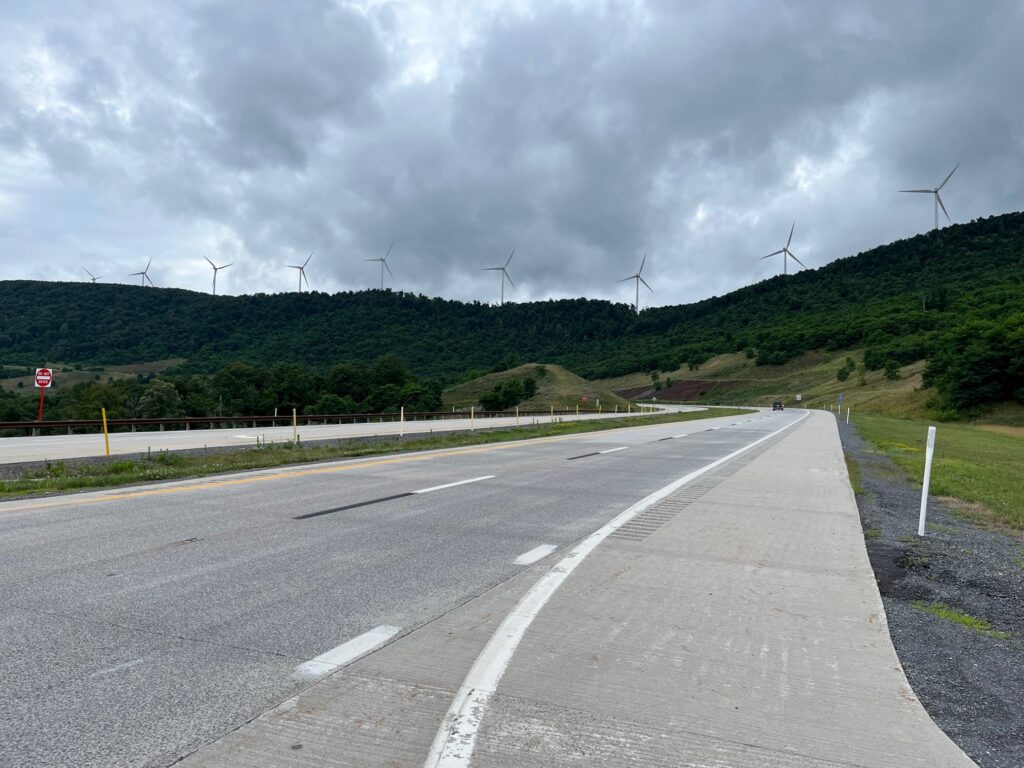The head of the nation’s largest power grid operator said the transition to cleaner energy is doable, but there are challenges.
Expert witnesses told the U.S. Senate Energy and Natural Resources Committee on Thursday that retiring coal-fired power plants too quickly could put grid reliability at risk.
Manu Asthana, president and CEO of PJM Interconnection, the grid operator that includes West Virginia and 12 other states, said there is enough wind, solar and battery storage waiting for approval to join the system.
“So we have said we see 40,000 megawatts at risk of retiring by 2030,” Asthana testified. “To replace it, we need 100,000 megawatts of intermittent generation. We have 250,000 in the queue. So it’s doable.”
The problem, he said, is getting it all built, and in time to replace coal plants that are retiring because of economic factors or government policy.
“I wouldn’t want to bet the farm that it will get done given the current trends,” he said. “We need to push to get it done. But I think we need to not burn the boats in terms of the generation we have in the meanwhile.”
The PJM queue for new generation is backlogged and isn’t accepting any new entries until 2026. Asthana said the completion rate of projects is only 5 percent to 10 percent.
He said to meet the future demand, the completion rate needs to be 50 percent or 60 percent.
The witnesses also cited supply chain issues as an obstacle, as well as delays in permitting for new transmission lines and pipelines.
West Virginia has about 12,000 megawatts of generating capacity waiting for approval from PJM. About 10,000 megawatts of that is wind, solar and storage. Only 2,000 megawatts is natural gas, and none of it is coal.
More frequent and severe storms driven by climate change, such as Winter Storm Elliott in December and Winter Storm Uri in 2021, were also cited as risks to the grid.




















